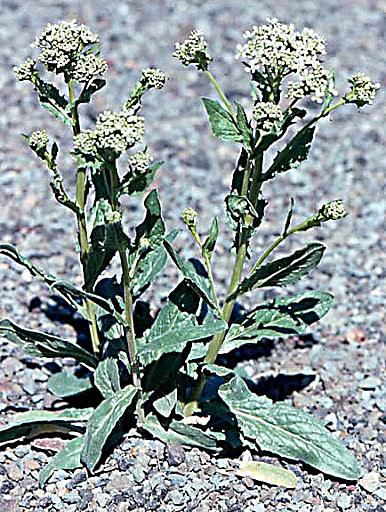
1 minute read
What about White Top?
by Camas Bug Crew
When it comes to noxious weeds, some are poisonous, some are prickly and some are so invasive, they will take over any space and choke out everything else. Whitetop, or Hoary Cress as it is known in the scientific community, is in the latter group. It won’t stick to your dog’s hair or make your cattle sick, but if given a foothold it will take every inch of your property. Today we will educate you on this noxious invader’s characteristics so you can better identify it and battle it on your property and cherished spaces.
Advertisement

White-top is a perennial mustard that reproduces both vegetatively and by seed. This deeprooted, creeping plant can grow to 90 cm tall and invade crops, riparian areas, and regelands. After its introduction into North America from Eurasia in the late 19th century, white-top has spread aggressively and is now listed as “noxious” in at least 24 states. Leaves are grayish-green, lanceshaped, clasping, and up to 10 cm long. Flowers are white, 0.5 cm across and bloom from April to May. The conspicuous dense flower clusters appear flat-topped early in the season, but this characteristic disappears as the stem elongates. Flowering stems contain an average of 2,300 seed pods. Seed pods are heart-shaped and contain small, flat seeds that can remain viable for at least 3 years.
Unfortunately, the biocontrol agent used to kill hoary cress is still in quarantine. We are hoping that latter on this summer the U.S Department of Agriculture will release this insect for our use. Until that time we will just have to keep pulling, spraying, and mowing this weed.
Until next time we hope you are having a marvelous summer... the Crew




